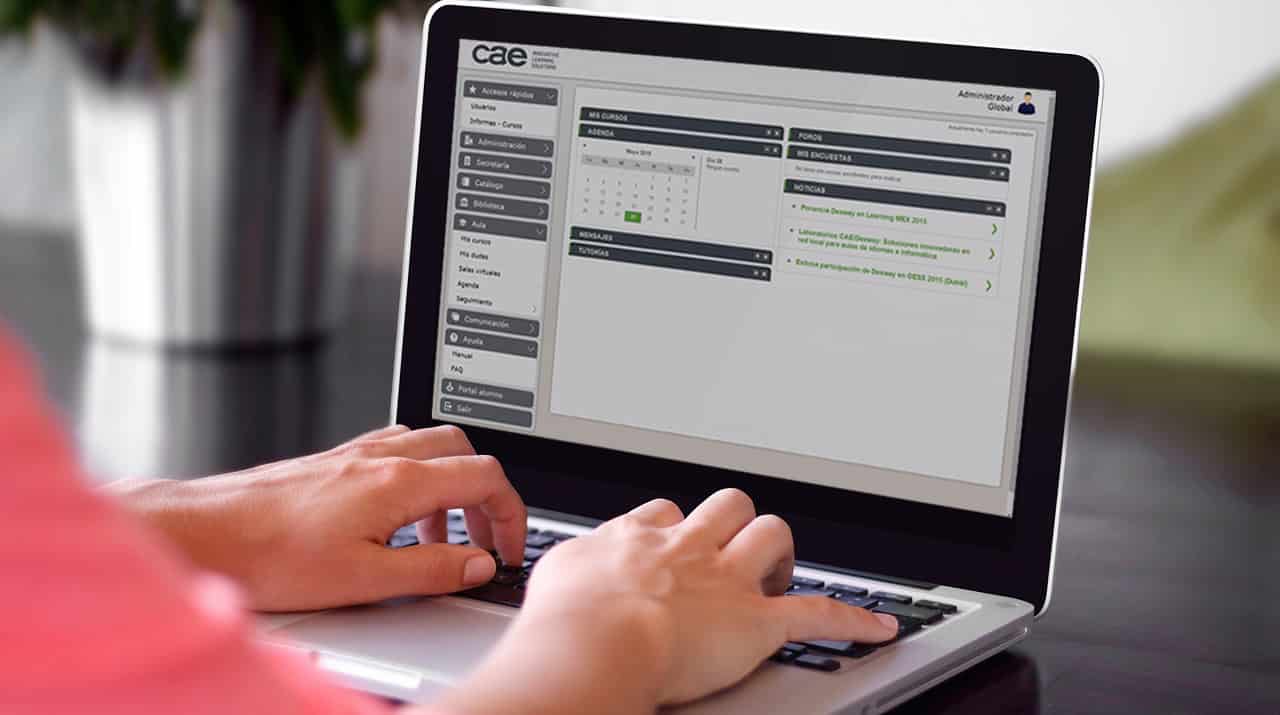E-learning professionals who haven’t yet invested in a learning management system (LMS) are likely to be seriously missing out. These cloud based eLearning platforms have an awful lot to offer, both to organisations and learners.
Here are eight advantages of using a software as a service learning management system that you really cannot overlook.
8 Advantages of LMS

#1. LMS has a friendly use
All users, whether administrators, tutors or learners, will find it easier to use cloud based eLearning platforms than other systems. Once they have familiarized themselves with the software they will be able to log into a familiar environment regardless of the type of course they are working on.
#2. LMS can evaluate and monitoring the results
Evaluations can be done wonderfully efficiently using a SaaS LMS. Good LMS systems will give administrators the capability to evaluate success at any point in the process.
It is also possible to make a personalized evaluation for the student. Depending on each training, some parameters or others can be established, according to the level of the students, the type of students, etc. Moreover, with an LMS or educational platform such as that of CAE, you will be able to know at all times the updated evolution of the students, evaluate their progress in the course and, in addition, create their own tests easily.
#3. With an LMS everything is on a click
Cloud based eLearning platforms make it easy to offer centralized learning. No longer will different course resources be stored in different places or accessed using totally different frameworks. Everything will be stored in the same place and accessed in exactly the same way.
#4. LMS are helpful
In a SaaS LMS, the assessment process is built in. Both tutors and learners can choose to run assessments, and the results will be helpfully stored for future reference and comparison.
#5. Learning Management Systems are flexible
As the majority of learning management systems are cloud based eLearning platforms, administrators, tutors and learners will be able to log in and access content wherever they are. This is great news for students as it means they can learn on the go… but it’s also brilliant for administrators and tutors as it will give them the ability to work remotely, either from home or on the road.
Online learning allows students to find it easier to combine learning with their daily lives. They can set their own schedules and choose where they want to learn from. That the schedules do not coincide with the moments of free time or that the place where the classes are taught is too far away is not a problem in online teaching.
#6. LMS are easy to manage
Keeping up with compliance laws and regulations can be a big job, but an saas LMS will do a lot of the hard work on the users’ behalf. Providers of cloud based eLearning platforms will work to develop solutions for each new compliance development, meaning that administrators can update their systems to accommodate them in minutes. Technology advances so quickly that not becoming obsolete could be an effort. Thanks to the specific specifications of the LMS, technological obsolescence is prevented and the investment of time and resources dedicated to content creation is recovered.
#7. Learning Management Systems offer more control over the learning
Cloud based Learning platforms offer students greater control over their own learning. They do not have to sit through lengthy video content in order to review the information they need: instead, they are able to easily navigate each course module to focus on exactly what they choose.
#8. LMS allows fast and easy updates
It will be far easier for administrators to manage software upgrades when using a single saas LMS. This is because they will only need to update one central hub, not each individual piece of software.
Investing the time to research the available cloud based eLearning platforms can be hugely beneficial. Once an organization finds the SaaS LMS that’s right for them it can be a complete game changer.
Why not take a more in-depth look at some of the functions of a comprehensive LMS?
You may also like:
- Main e-learning modalities
- How to Choose a Top Quality eLearning Provider
- 7 Ways Learning Management Systems Benefit Large Companies

